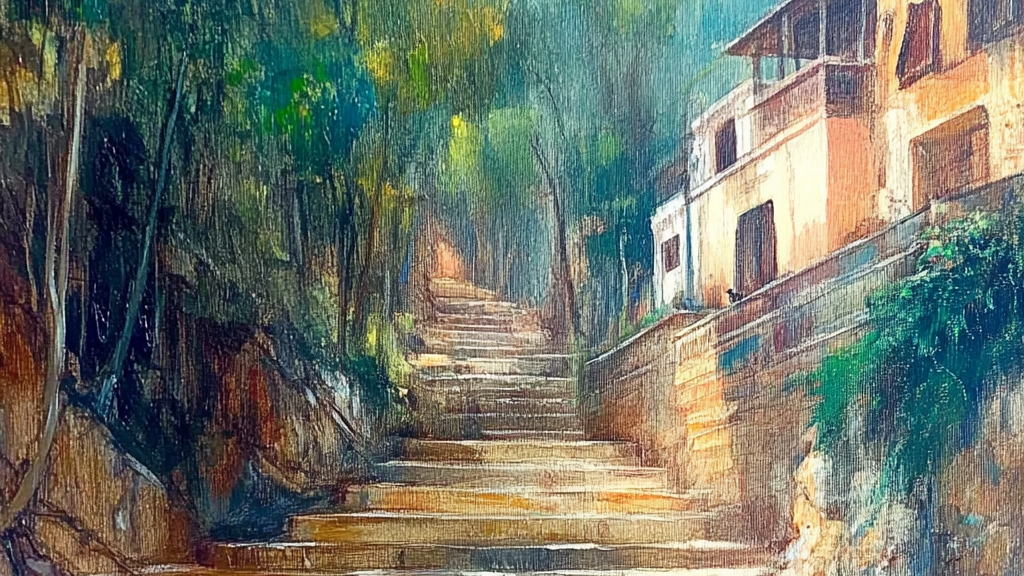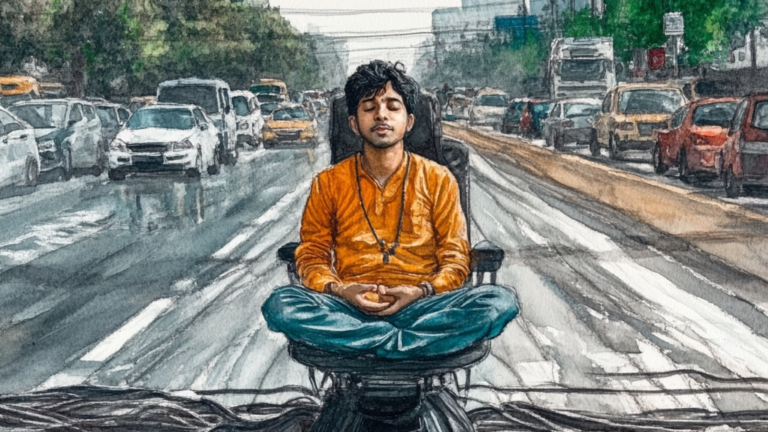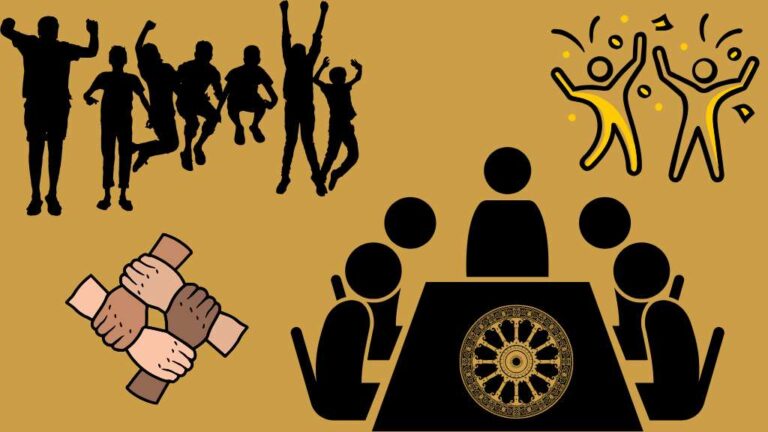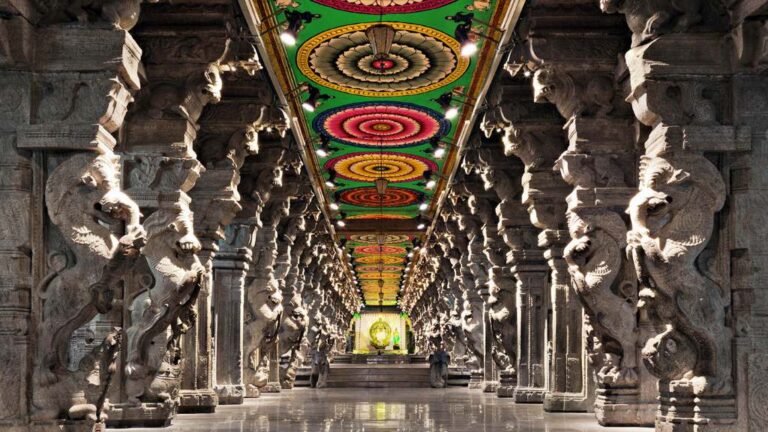The Eternal Classroom of Life
Evolving through Life’s Lessons
In the grand design of nature, or Prakriti, there exists an inherent drive for evolution. She doesn’t merely wish for us to survive; her purpose is to help us evolve—into siddhas (perfected beings) and buddhas (awakened ones). Life, in essence, is a vast and eternal classroom, and each of us is enrolled, meant to study the entire curriculum.
Just as every student may find certain subjects more challenging than others, each individual’s journey in this classroom is unique. Some may struggle with the lessons of materialism, while others may grapple with emotional or spiritual challenges. But Prakriti, in her wisdom, ensures that we all face the necessary lessons to move forward in the cycle of evolution. The beauty lies in her certainty: every student will graduate, but only once they have fully learned their lessons.
In this classroom, a powerful guru plays a pivotal role. Much like a wise teacher who sees potential in their student, the guru offers not just knowledge, but the grace that accelerates learning. This “grace” isn’t just a metaphor; it can be seen as an external force that allows one to transcend the ocean of samsara with greater ease. With a guru’s guidance, the often overwhelming challenges of life become more navigable. If you fail a subject—if you continue to make the same mistakes—these recurring patterns will manifest in your life. The nature of these patterns is not a random twist of fate but a direct reflection of past actions that need to be understood and transcended.
The world is replete with textbooks, each filled with life’s lessons. But these texts are written in a coded language—one that requires deciphering. This is where the guru’s wisdom becomes invaluable. Through the lens of a true master, the coded language of life reveals its true meaning, allowing us to extract the Amrita—the nectar of knowledge. Knowledge in this context is not abstract or theoretical; it is the self-knowledge that leads to liberation. As Shri Krishna states, “Gnani ko Moksh”—only the one who possesses Atma Jnana (knowledge of the self) can attain Moksha. This is not mere intellectual knowledge but the experiential understanding of who we truly are.
Consider the lives of great sages like Bhagwan Mahavir and Gautama Buddha. Mahavir, before attaining Moksha, had to recall and review the karmas from his previous lives. Gautama Buddha spent lifetimes working through the lessons of his past actions, each time refining his understanding, before being granted liberation. These stories illustrate that liberation is not just a divine gift; it is the result of one’s own persistent efforts, learning, and transformation.
In the Yoga Vashistha, the great sage Vashistha tells Lord Rama that there is no such thing as “fate”—only the ongoing interaction between our past actions (karma) and the actions we take in the present. If our past actions have created negative patterns, they can be dissolved through positive actions and intentions today. In this way, we have the power to transform the course of our lives. By cultivating satsanga (wise companionship), intention, awareness, and most importantly, guru Krupa (the grace of the guru), we can rewrite our destiny.
It is divine grace that inspires the longing for spiritual growth. Similarly, when Shiva wishes to shower his grace upon an individual, he plants the seed of selfless service (Seva) and charity in their heart. This cycle of creation, preservation, dissolution, and grace (Sristi, Stithi, Laya, Tirobhaav, and Anugraha) is an essential part of the cosmic order. Ultimately, it is Anugraha—divine grace—that brings about true transformation.
What would happen if we embraced life as this eternal classroom? If every moment, every event, were viewed as an opportunity to learn a new lesson, would we not shed the weight of expectation, pleasure, and pain? These are merely phenomena of the body consciousness, transient and fleeting. When we understand that our true nature is Ananda—bliss—because we are the Atma, we realize that there is no suffering, no “person” to suffer, and no real distinction between joy and sorrow.
In this way, dharma (righteous living) becomes a continuous practice, not bound by time or circumstance but guided by an unwavering commitment to self-realization. The lessons we face, the challenges that arise, are merely stepping stones leading us towards our ultimate goal—liberation from the cycle of birth, death, and rebirth.
The question remains: Are we ready to engage with life as a student in the eternal classroom, embracing each lesson with open-hearted sincerity, guided by the grace of the guru, and ultimately discovering the boundless joy of self-realization?








